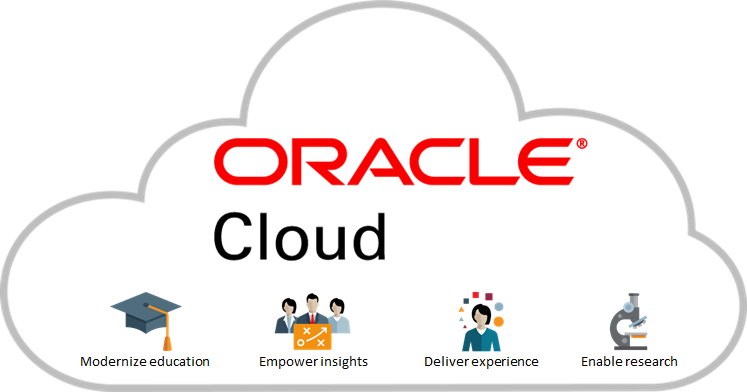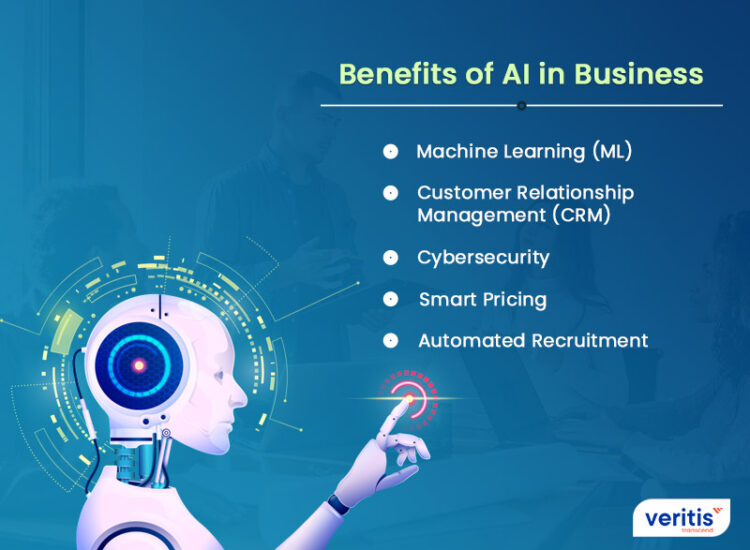Hybrid cloud computing is a new and rapidly growing trend in the world of technology. It combines the benefits of both public and private clouds, offering businesses a more flexible and cost-effective solution for their IT infrastructure.
Toc
In this document, we have already discussed the basics of hybrid cloud computing, its advantages, and how it can benefit businesses. But there’s much more to explore when it comes to this innovative technology. In this section, we will delve deeper into some of the key topics related to hybrid cloud computing.
Introduction to Hybrid Cloud Computing

In today’s fast-paced digital landscape, effective and scalable IT infrastructure is crucial. Hybrid cloud computing is becoming the go-to solution for IT professionals seeking to balance the benefits of both public and private clouds. This article explores the ins and outs of hybrid cloud computing, providing detailed insights for IT professionals.
What is Hybrid Cloud?
Hybrid cloud computing is a blend of public and private cloud environments, designed to provide the benefits of both models while mitigating their drawbacks. By integrating on-premises data centers (private cloud) with third-party cloud services (public cloud), organizations can enjoy enhanced scalability, flexibility, and cost-efficiency. The hybrid approach enables businesses to leverage the control and security of private clouds, while taking advantage of the vast resources and capabilities offered by public clouds. This makes hybrid cloud computing an ideal solution for businesses with varying workloads and data storage requirements.
Key Components of Hybrid Cloud Computing
- Public Cloud – Offered by service providers such as AWS, Google Cloud, and Microsoft Azure, public clouds provide services over the internet and are highly scalable.
- Private Cloud – Typically hosted on-premises or in a dedicated environment, private clouds offer greater control and security.
- Hybrid Cloud – Combines both environments, allowing data and applications to move between them seamlessly. This enables organizations to optimize their IT infrastructure, taking advantage of the benefits of both models.
- Hybrid Cloud Management Tools – Hybrid cloud management tools help organizations manage and monitor their hybrid cloud environment, providing a centralized view of all resources and workloads. These tools enable businesses to automate tasks, optimize performance, and ensure security across the entire hybrid infrastructure.
Benefits of Hybrid Cloud Computing for IT Professionals
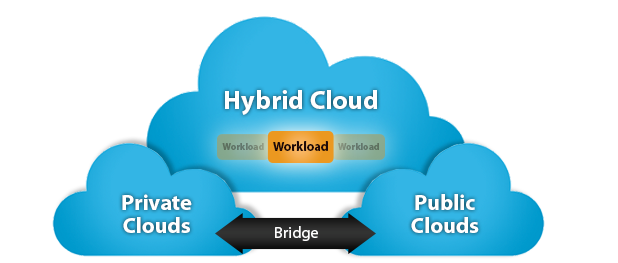
The rise of hybrid cloud computing has created new opportunities for IT professionals. By leveraging this technology, IT teams can simplify their operations, reduce maintenance costs, and focus on innovation and business growth. Let’s take a closer look at some of the key benefits of hybrid cloud computing for IT professionals:
Enhanced Flexibility and Scalability
One of the most significant benefits of hybrid cloud computing is its inherent flexibility. Organizations can easily scale their resources up or down based on fluctuating demands, allowing them to respond quickly to changes in the market or internal requirements. For instance, IT teams can deploy additional resources during peak periods without having to invest heavily in on-premises hardware, which may remain underutilized during off-peak times. This scalability not only optimizes resource allocation but also contributes to cost savings, making it easier for companies to manage their budgets effectively.
Additionally, hybrid cloud environments empower businesses to choose where to host their applications and data. This choice enables them to determine the most appropriate environments for specific workloads, whether on a public cloud for its vast resources or within a private cloud for sensitive information that requires higher security measures. As a result, organizations can achieve the optimal balance between performance, security, and cost-efficiency, further enhancing their operational agility.
Improved Security and Compliance
Another key advantage of hybrid cloud computing is the enhancement of security and compliance measures. By combining the strengths of both public and private clouds, organizations can tailor their security strategies to meet specific requirements. Sensitive data can be stored in the more secure private cloud environment, while less critical workloads can be managed in the public cloud. This separation ensures that businesses maintain a higher level of control over their critical assets, reducing the risk of data breaches and cyber threats.
Moreover, hybrid cloud infrastructures can help organizations comply with industry regulations and data sovereignty laws. By allowing businesses to keep sensitive information within their private cloud while leveraging the scalability of public clouds for less stringent data, companies can strategically meet compliance mandates without sacrificing efficiency. This flexibility provides IT professionals with a robust framework to ensure their organization adheres to legal and regulatory standards while still fostering innovation and growth.
Cost Efficiency
Cost efficiency is another paramount benefit of hybrid cloud computing. By optimally utilizing both public and private cloud components, organizations can minimize capital expenditures on hardware and maintenance. The pay-as-you-go model of public clouds allows businesses to only pay for the resources they use, mitigating unnecessary expenses associated with over-provisioning. This model is particularly advantageous for businesses with fluctuating workloads, as they can scale up their usage during peak periods and scale down during lulls, ensuring that they are financially agile.
Additionally, the operational cost savings achieved through hybrid cloud computing can be reinvested into the business, enabling innovation and further development. IT professionals can redirect their focus towards strategic initiatives and value-added services instead of being bogged down by routine maintenance activities, ultimately driving business growth and enhancing competitive advantage.
Streamlined Disaster Recovery
In the realm of hybrid cloud computing, streamlined disaster recovery processes stand out as a pivotal advantage for IT teams. By integrating both public and private cloud solutions, organizations can establish robust backup and recovery plans that enhance their resilience against data loss or system failures. In the event of a disaster, businesses can quickly failover to their public cloud resources, ensuring minimal disruption to operations and reducing downtime. This capability is critical for maintaining business continuity and safeguarding against unforeseen circumstances, such as cyberattacks or natural disasters.
Furthermore, hybrid cloud environments enable organizations to implement automated backup systems that regularly store data across multiple locations. This automated approach not only saves time but also mitigates the risk of human error during manual backups. IT professionals can leverage hybrid cloud technologies to create tiered recovery strategies, determining which data and applications require immediate recovery and which can tolerate a more extended downtime. Such strategic planning enhances overall business resilience, allowing organizations to confidently navigate challenges while ensuring that vital services remain operational.
Collaboration and Improved Performance
The hybrid cloud model fosters increased collaboration within IT teams and across departments. By leveraging cloud-based tools and applications, employees can access and share data effortlessly, regardless of their geographic location. This accessibility enables teams to collaborate in real-time, enhancing productivity and driving more cohesive project outcomes. Additionally, hybrid cloud infrastructures support the integration of advanced analytics and AI tools, empowering businesses to harness valuable insights from their data to drive innovation and informed decision-making.
Moreover, hybrid cloud architectures often result in improved application performance. Organizations can strategically host performance-sensitive applications on private clouds, reducing latency and enhancing user experience, while less critical applications can take advantage of the scalability of public clouds. This optimization allows for a tailored approach to application deployment, ensuring that businesses provide seamless experiences to their customers while maximizing the potential of their underlying infrastructure. As a result, the hybrid cloud model not only boosts internal efficiencies but also enhances the overall effectiveness of service delivery to end-users.
Key Considerations for Implementing Hybrid Cloud Solutions
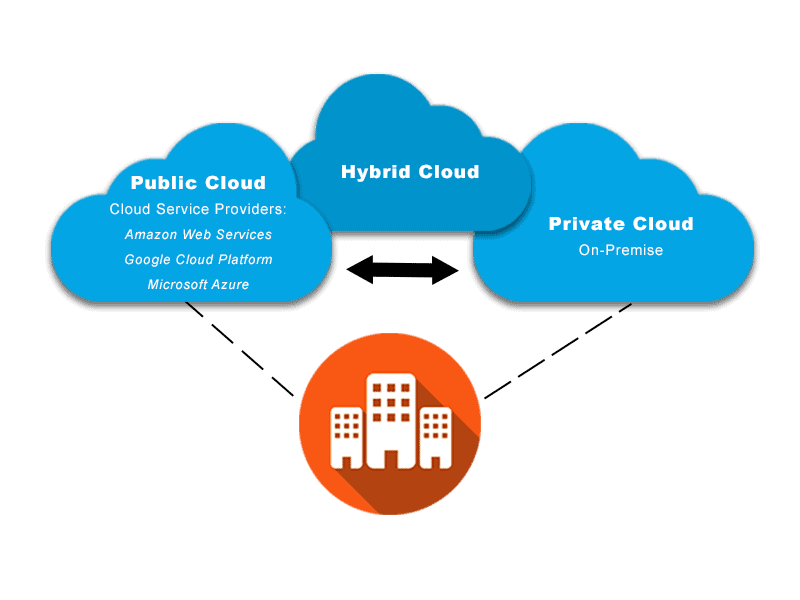
While hybrid cloud computing offers numerous benefits, it is essential to consider various factors when implementing these solutions. Organizations should carefully assess their specific business requirements, workload characteristics, and budget constraints before deciding on a hybrid cloud strategy. Some of the key considerations include:
Data Governance
Data governance is a critical aspect that organizations must address when implementing hybrid cloud solutions. This involves establishing policies and procedures to ensure the availability, usability, integrity, and security of data across different cloud environments. Adequate data governance helps organizations maintain compliance with relevant regulations while effectively managing data throughout its lifecycle. It is vital for businesses to define clear ownership and accountability for data, as well as implement stringent access controls to protect sensitive information housed in both public and private clouds.
Interoperability
Interoperability is a fundamental consideration in the successful deployment of hybrid cloud solutions. It refers to the ability of different cloud services, applications, and platforms to work together seamlessly, enabling a smooth flow of data and processes across both public and private environments. Organizations must ensure that their hybrid cloud architecture supports integration capabilities, allowing applications to communicate with each other without significant barriers. This is particularly important as businesses often rely on diverse software solutions from different vendors, and effective interoperability can significantly enhance operational efficiency.
Security Measures
Ensuring robust security measures is paramount when implementing hybrid cloud solutions. Organizations must adopt a multi-layered security approach that encompasses physical, network, and application security across both public and private cloud environments. This includes the deployment of firewalls, encryption protocols, and intrusion detection systems to safeguard sensitive data from unauthorized access and threats. Additionally, implementing identity and access management (IAM) solutions helps organizations establish clear user roles and permissions, ensuring that only authorized personnel have access to critical information.
Cost Optimization
Cost optimization is a crucial aspect of implementing hybrid cloud solutions effectively. Organizations often face the challenge of balancing the benefits of cloud services with the need to manage expenses. To achieve cost efficiency, companies should conduct thorough assessments of their current IT spending and identify areas where cloud migration could lead to savings. By leveraging the pay-as-you-go model of public clouds, businesses can avoid significant upfront capital expenditures and instead convert them into predictable operational expenses.
Vendor Management
Effective vendor management is vital for organizations leveraging hybrid cloud solutions. As companies partner with multiple cloud service providers, it becomes critical to ensure that each vendor meets business requirements and performance expectations. A strategic approach to vendor selection should include evaluating vendors based on their reliability, service level agreements (SLAs), support offerings, and compliance with industry regulations. Establishing clear communication channels and maintaining a positive relationship with vendors can facilitate timely issue resolution and enhance collaboration.
Case Studies and Examples

The benefits of hybrid cloud solutions can be witnessed in organizations across various industries.
Example 1: Siemens
Siemens, a global leader in engineering and technology, successfully implemented a hybrid cloud strategy to enhance its data analytics capabilities. By combining its private cloud infrastructure with public cloud resources, Siemens was able to process vast amounts of sensor data from its industrial equipment more efficiently. This hybrid model not only improved operational efficiencies but also enabled Siemens to offer predictive maintenance solutions to its customers, ultimately driving innovation in the manufacturing sector.
Example 2: Netflix
Netflix, the world’s leading streaming entertainment service, utilizes a hybrid cloud approach to deliver an exceptional user experience. The company leverages public cloud resources for its front-end applications and private cloud infrastructure for its back-end systems. This allows Netflix to scale its services quickly and efficiently while maintaining control over critical data and intellectual property.
Example 3: Airbnb
Airbnb, the popular online marketplace for vacation rentals, relies on a hybrid cloud strategy to scale its operations globally. By utilizing public clouds for web hosting and private clouds for internal business processes and sensitive data storage, Airbnb can provide a seamless experience to guests while ensuring secure transactions and compliance with various regulations in different regions.
Conclusion
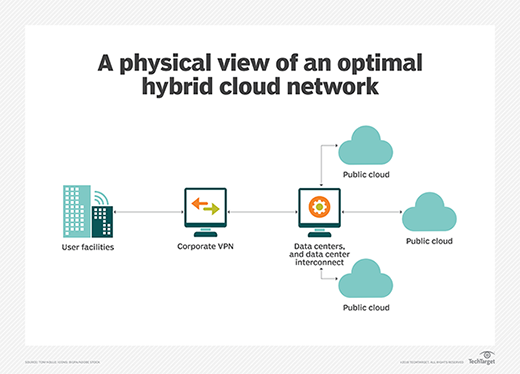
In conclusion, the successful implementation of hybrid cloud solutions hinges on a multifaceted approach that encompasses interoperability, security measures, cost optimization, and vendor management. By fostering a seamless integration of diverse software and platforms, organizations can enhance operational efficiency and agility. Prioritizing robust security practices safeguards sensitive data, while effective cost management strategies ensure that resources are utilized optimally. Furthermore, adopting a strategic framework for vendor management not only mitigates risks but also fosters fruitful relationships that drive innovation. As businesses continue to navigate the complexities of hybrid cloud environments, embracing these key components will empower them to leverage the full potential of cloud technologies, ultimately leading to sustainable growth and competitive advantage in an increasingly digital landscape.


